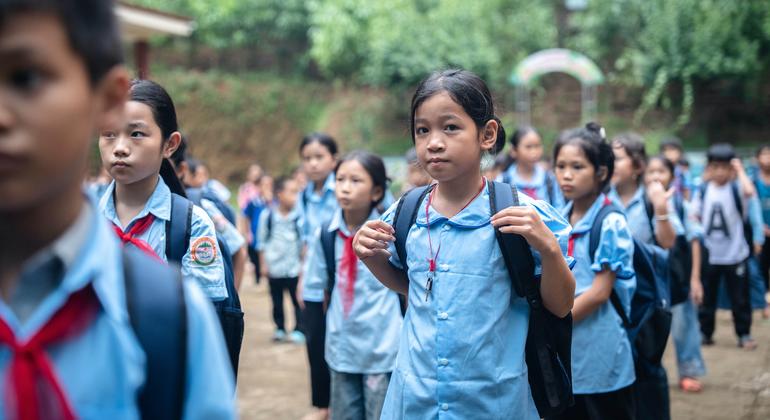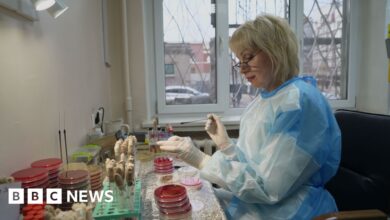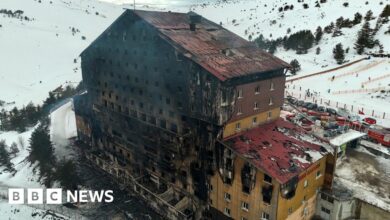We owe it to future generations to shape a safer tomorrow, UN chief says

in one message marks Sunday International Day for Disaster Risk ReductionAntónio Guterres emphasized the serious impact of the disaster on children.
“When disasters strike, they cause enormous devastation to individuals, societies and economies. The ripple effects of death, destruction and displacement are unimaginable. Today, disasters are often increased due to the climate crisis, increasing their frequency and intensity,” he said.
“No one is safe, but children are especially vulnerable,” he added.
One billion children are at high risk
According to the United Nations Children’s Fund (UNICEF), about one billion children is at “extremely high risk” due to the impact of climate change. Recent years have seen the highest levels of children affected by devastating floods in more than three decades.
After disasters, children face disruptions in education, nutrition and health care. They often lose access to essential social services and protections, while girls and children with disabilities are especially vulnerable to dangerous conditions.
Children from poor families are disproportionately affected, adding to the challenges they face in recovering from disasters and the consequences of climate change.

A mother comforts her child in a town on the outskirts of Kathmandu, Nepal’s capital, after heavy rains and flash floods affected tens of thousands of families.
Children are more than victims
Despite their trauma, Mr. Guterres emphasized that children are not just victims of disasters.
“They have a huge stake in the future and Their ideas and innovations can help reduce risk and build resilience.”
He reiterated the theme of this year’s International Day: the role of education in protecting and empowering youth for a future free of natural disasters.
“Education is key not only to protecting children but also helping them participate in decision-making to minimize risk for everyone,” he said.
Key steps to minimize risk
The Secretary-General calls on countries to take concrete steps to reduce risks to children, including expanding multi-hazard early warning systems to all levels of the population; building and equipping schools to withstand natural disasters; and empower youth with tools to become champions of resilience.
He also encouraged governments to adopt Comprehensive school safety frameworkRoadmap to promote disaster risk reduction and resilience in the education sector. This framework provides practical tools and guidance for ministries of education, disaster management agencies and other stakeholders to promote safer learning environments.
“On this International Day of Disaster Risk Reduction and every day, We owe it to future generations to shape a safer, more resilient tomorrow”, Mr. Guterres declared.



